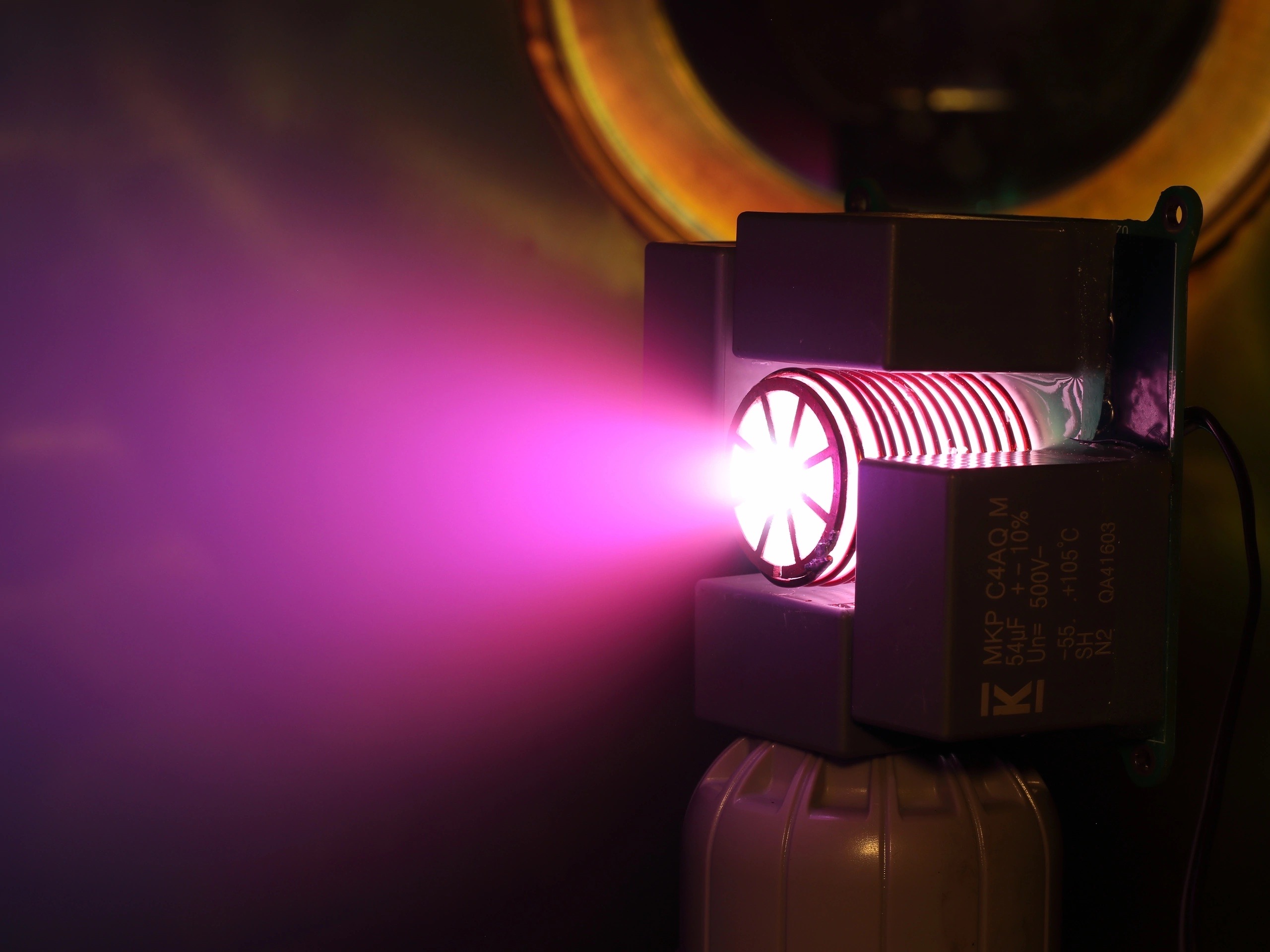Catalog
Search
184 products
View:
- Selected: 1Areas of use
- Selected: 0Item names
- Selected: 0Manufacturer
- Selected: 0Made in
- Selected: 0Additional
View:
184 products
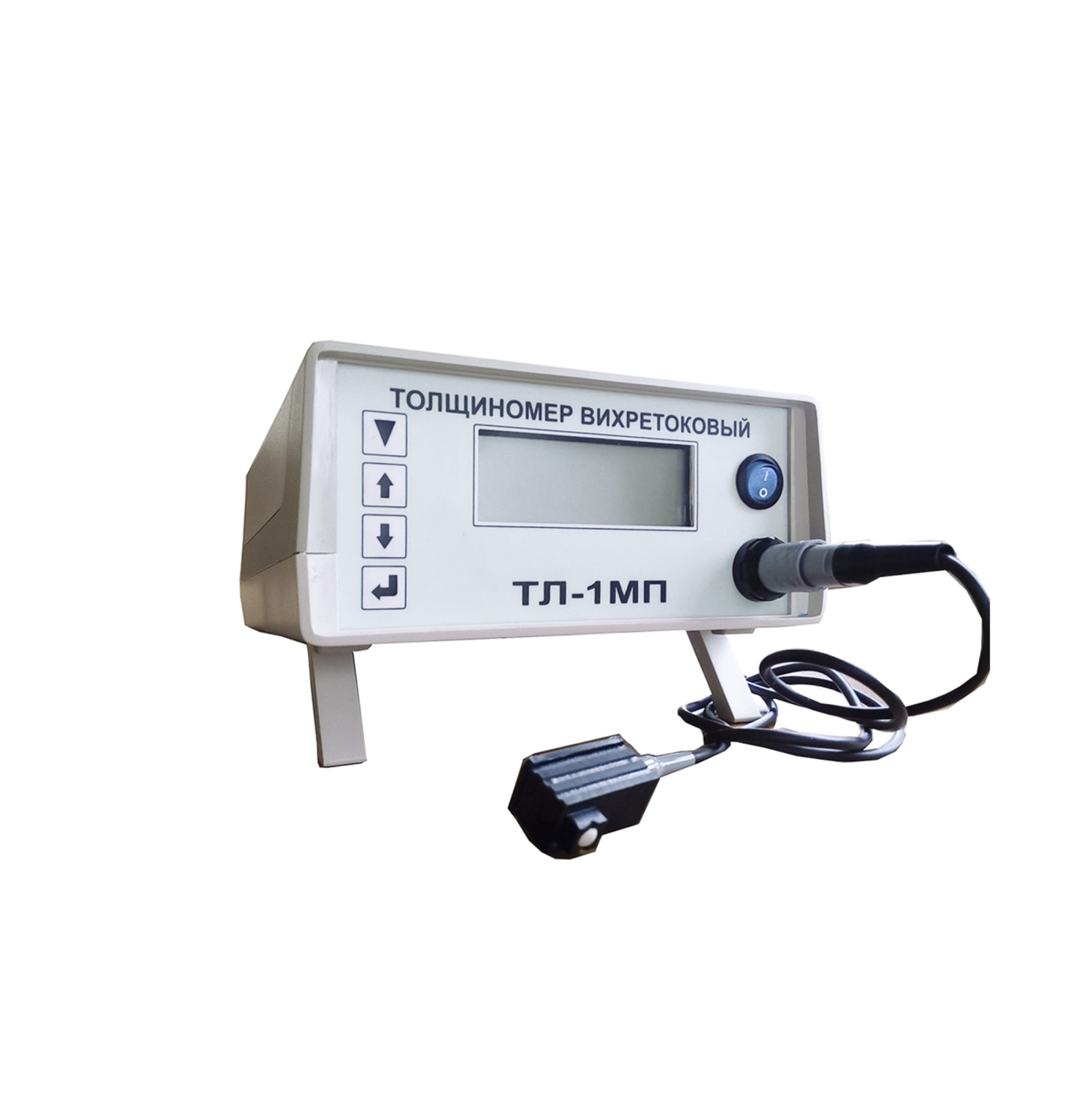
TL-1MP Eddy Current Thickness Gauge
from
1 110 000 ₽
The principle of operation of the electroplating thickness gauge:
A converter with an induction coil on a ferrite core generates a high-frequency signal (frequency 1 MHz), which is used to create an alternating magnetic field. As the converter approaches the conductive surface, an alternating magnetic field creates eddy currents, the magnitude of which depends on the characteristics of the metal base and the thickness of the coating. In turn, eddy currents create their own electromagnetic field, which can be received by an induction coil. The resulting signal enters the amplitude detector, after which it is transmitted to the processing unit, where it is digitized and displayed on the device readout. In addition to signal conversion, the processor is used to set the required gain, as well as the initial voltage offset, depending on the characteristics of the materials in the controlled object.
Features of the device design and advantages of the measurement method
The TL-1MP eddy current thickness gauge consists of an electronic unit with a display, a power supply and a converter. The device is controlled using four buttons located on the front panel of the electronic unit. The converter can be disconnected from the electronic unit during transportation or for convenience of storage. The advantages of the device include:
- convenience and ease of operation;
- small size and light weight, allowing the TL-1MP to be used in difficult conditions with limited access to the controlled area of the facility;
- high measurement accuracy;
- factory setting of the measuring instrument to the customer's requirements;
- high degree of localization of defects due to the small size of the converter.
Scope of application:
The service life of metal parts and components of mechanisms used in mechanical engineering is largely determined by their resistance to corrosion and surface wear. However, not all metals are sufficiently resistant to external destructive influences. Therefore, various electroplating coatings made of zinc, nickel, chromium, cadmium, tin, copper, silver and other metals are used to protect them. Even small fluctuations in the thickness of protective coatings can significantly affect the performance characteristics of parts, their service life, and interaction with other components. Therefore, measuring the thickness of the metal coating applied by the electrochemical method is important when conducting quality control of products. The use of the TL-1MP eddy current thickness gauge allows non-destructive quality control of electroplating coatings on the surface of metal parts in mass production conditions with special requirements for product quality. The device detects even small mechanical defects, the effects of abrasion, erosion, corrosion on the surface. Due to its ease of use, efficiency and reliability, eddy current thickness measurement is a standard method of quality control of products with electroplated coatings in such industries as mechanical engineering, aerospace industry.
RII MNPO SPEKTR
Moscow
Produced in: Moscow
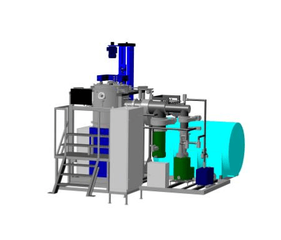
Mine vacuum furnace SNVS-6.5/12.5- I4
High-temperature furnaces are capable of heating materials up to 1700 degrees. The scope of their application covers the heat treatment of various materials in an inert medium or vacuum. TULA-TERM furnaces are used for heat treatment of plastics, ceramics, metals, alloys, lacquers and other materials. The equipment allows sintering, annealing, soldering, quenching, drying, burning and molding. In industry, our installations are most often used for quenching parts and sintering hard alloys.
Tula-Term
Tula
Produced in: Tula
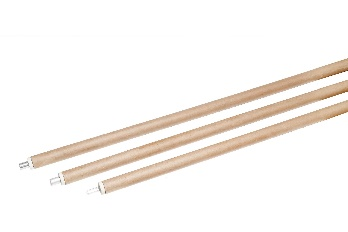
EVRAZTEMP Submersible thermocouples for one-time use.
Purpose: Measurement of molten metal temperature
Scope of application: Oxygen converters, electric arc furnaces, induction furnaces, blast furnaces, casting buckets
Measuring range: from 700°C to 1800°C
Accuracy: 0 + 3°C at 1554°C
Measurement time: 4 sec
Tube Length: from 100 to 1800 mm (other length is possible on request)
Slag Cap: Steel, uncapped, aluminum
Splash protection: Refractory fiber
Type of NSH: B, S, R
EVRAZPRIBOR
Lipetsk
Produced in: Lipetsk
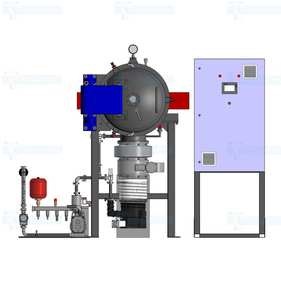
SNVS Vacuum Furnace-3.3/12- I2
High-temperature furnaces are capable of heating materials up to 1700 degrees. The scope of their application covers the heat treatment of various materials in an inert medium or vacuum. TULA-TERM furnaces are used for heat treatment of plastics, ceramics, metals, alloys, lacquers and other materials. The equipment allows sintering, annealing, soldering, quenching, drying, burning and molding. In industry, our installations are most often used for quenching parts and sintering hard alloys.
Tula-Term
Tula
Produced in: Tula
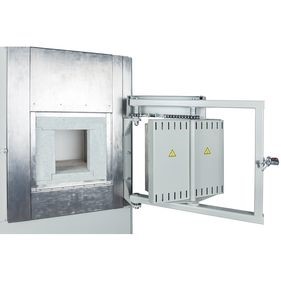
High Temperature laboratory furnace CHO 17/17
from
2 383 392 ₽
Designation
SNO 17/17
Rated power Pmax, kW
10
Power supply voltage U, In 3 phases + N+PE
380
Maximum operating temperature T slave, oS
1700
Tula-Term
Tula
Produced in: Tula

MAES Analyzer for Scintillation
MAES analyzers for recording atomic emission spectra with a time resolution of 1 ms are based on highly sensitive photodiodes and a special switching board for simultaneous reading of several sections of the spectra. The assembly of the rulers is installed on the "Grand" spectrometer.
A " Flow" or twin-jet arc plasmatron is used to excite the atomic emission spectra of powder samples.
The ATOM software registers the selected spectral lines and provides their processing according to the specified algorithms, taking into account the number and brightness of flashes (i.e. particle size).
Recording the spectra of powder samples with a large time resolution makes it possible to estimate the number and size of individual particles, identify their composition and determine the concentrations of elements in each particle, promptly assess the uniformity of the distribution of certain elements to be determined and expand the possibilities of spectral analysis without significant changes in sample preparation.
Main application areas:
mass analysis of powder geological samples by scintillation to determine gold, silver, platinum group metals, iridium, rhodium, etc. with detection limits up to 0.01 g/t;
qualitative determination of the composition of inclusions and mineral particles.
VMK OPTOELEKTRONIKA
Novosibirsk
Produced in: Novosibirsk
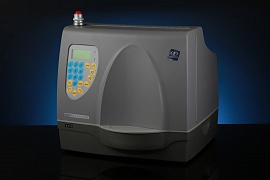
Sulfur Analyzer SPECTROSCAN SW-D3
The analyzer is designed to determine the mass fraction of sulfur in automotive fuel in accordance with GOST R 52660-2006 / GOST ISO 20884-2016, ASTM D6334, as well as in oil and petroleum products according to GOST R 53203-2008 / GOST 33194-2014, ASTM D2622, GB/T 11140-2008. Depending on the customer's needs, the analyzer is configured to work in accordance with a particular standard.
Implements an arbitration method for measuring the mass fraction of sulfur in automobile fuel of the third, fourth and fifth classes.
The device is designed specifically for high-quality and fast X-ray fluorescence analysis of fuel in accordance with the technical regulations "On requirements for automotive and aviation gasoline, diesel and marine fuel, jet fuel and heating oil", which establishes an arbitration X-ray fluorescence wave dispersion method for determining the mass fraction of sulfur in automotive fuels of the third, fourth and fifth classes.
The wave dispersion sulfur analyzer SPECTROSCAN SW-D3 is designed taking into account all the requirements for the process of X-ray fluorescence elemental analysis of low sulfur contents in petroleum products. The operator's actions when performing measurements are minimized:
- the number/name of the sample is entered from the built-in keyboard;
- the sample is poured into two cuvettes;
- the obtained samples are placed in the analyzer and measurements are started.
The analyzer performs all subsequent actions automatically without operator involvement:
- calculates and displays the sulfur content in the sample;
- calculates convergence - the difference in determining the mass fraction of sulfur in the first and second samples;
- prints measurement results on the built-in printer.
NPO Spektron
Saint Petersburg
Produced in: Saint Petersburg
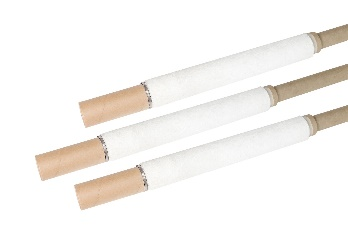
EVRAZ HYDRO Submersible probe For measuring the hydrogen content in steel
Purpose: Measurement of hydrogen in molten metals
Scope of application: Induction furnaces, ladle furnace units, vacuum cleaners, casting ladles of various types, intermediate ladles, crystallizers
Measuring range: from 0.5 to 14 ppm H2
Accuracy:
0.5 to 3ppm - 0.1ppm H2
3.0 to 14ppm - 3% H2
Measurement time: up to 60 seconds
Reproducibility of results: 0.3%
Purpose: Measurement of the percentage of carbon in steel
Scope of application: Furnaces, buckets, cupola furnace
Measuring range: 0.01 to 2.00% carbon
Accuracy: 0.01 %
EVRAZPRIBOR
Lipetsk
Produced in: Lipetsk
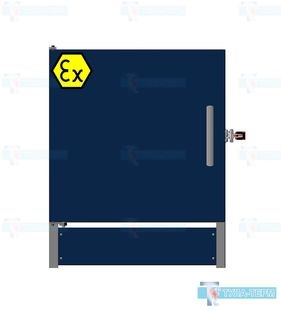
Explosion-proof vacuum electric furnace START-65
Vacuum resistance furnaces are necessary for heating products before pressure treatment, for sintering, degassing, quenching, annealing, soldering and chemical-technological processes. Such furnaces among all the variety of thermal equipment are considered the most environmentally friendly – heat treatment is carried out at t up to +2500 ° C in a purified vacuum. Under certain conditions, vacuum furnaces are used to work with neutral gases.
The outer part of the furnace is made of stainless steel and is cooled by liquid. The inner part of the working chamber, where the heat treatment of materials is carried out, is made of an alloy of molybdenum and tungsten. The components are characterized by a low inertia force, reduced gas separation. The settings are available on the control panel, where the instruments, automatic and manual control switches are located.
At every enterprise of the electronic industry, nuclear power, an explosion-proof vacuum resistance furnace is needed. The same applies to areas where various products undergo heat treatment at the stage of production and preparation for use.
Tula-Term
Tula
Produced in: Tula
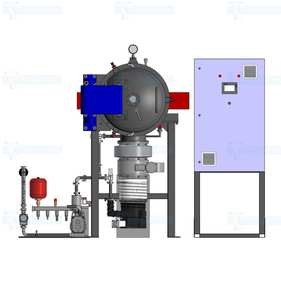
SNVS Vacuum Furnace-3.3/15- I6
High-temperature furnaces are capable of heating materials up to 1700 degrees. The scope of their application covers the heat treatment of various materials in an inert medium or vacuum. TULA-TERM furnaces are used for heat treatment of plastics, ceramics, metals, alloys, lacquers and other materials. The equipment allows sintering, annealing, soldering, quenching, drying, burning and molding. In industry, our installations are most often used for quenching parts and sintering hard alloys.
Tula-Term
Tula
Produced in: Tula
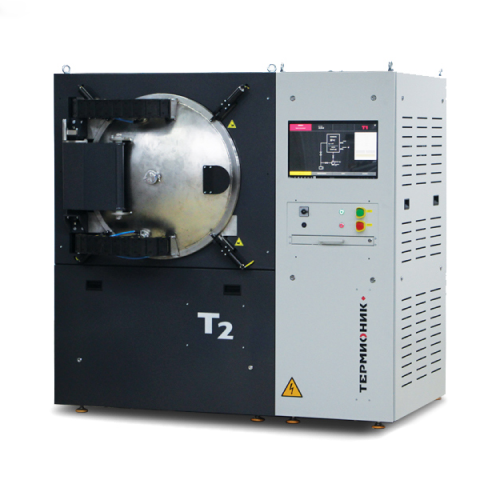
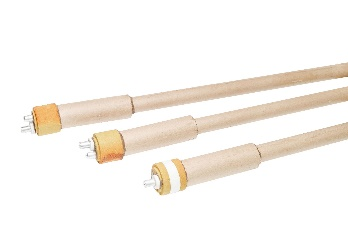
EVRAZCOMB – 2 in 1
Purpose: Temperature measurement and sampling of molten steel.
Scope of application: Oxygen converters, electric arc furnaces, induction furnaces, casting buckets
Measuring range: from 1400 to 1800 °C - metal temperature
Accuracy: 0 + 3°C at 1554°C
The shape of the selected metal shape:
Circle: thickness 12 mm
Oval: thickness 12 mm
Deoxidizer: Without deoxidizer, aluminum, zirconium, titanium
Measurement time: 8 sec
Tube Length: from 100 to 2500 mm (other length is possible on request)
Slag Cap: Steel, Aluminum, Cardboard
Type of NSH: B, S, R
EVRAZPRIBOR
Lipetsk
Produced in: Lipetsk
